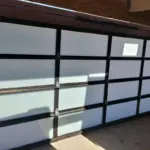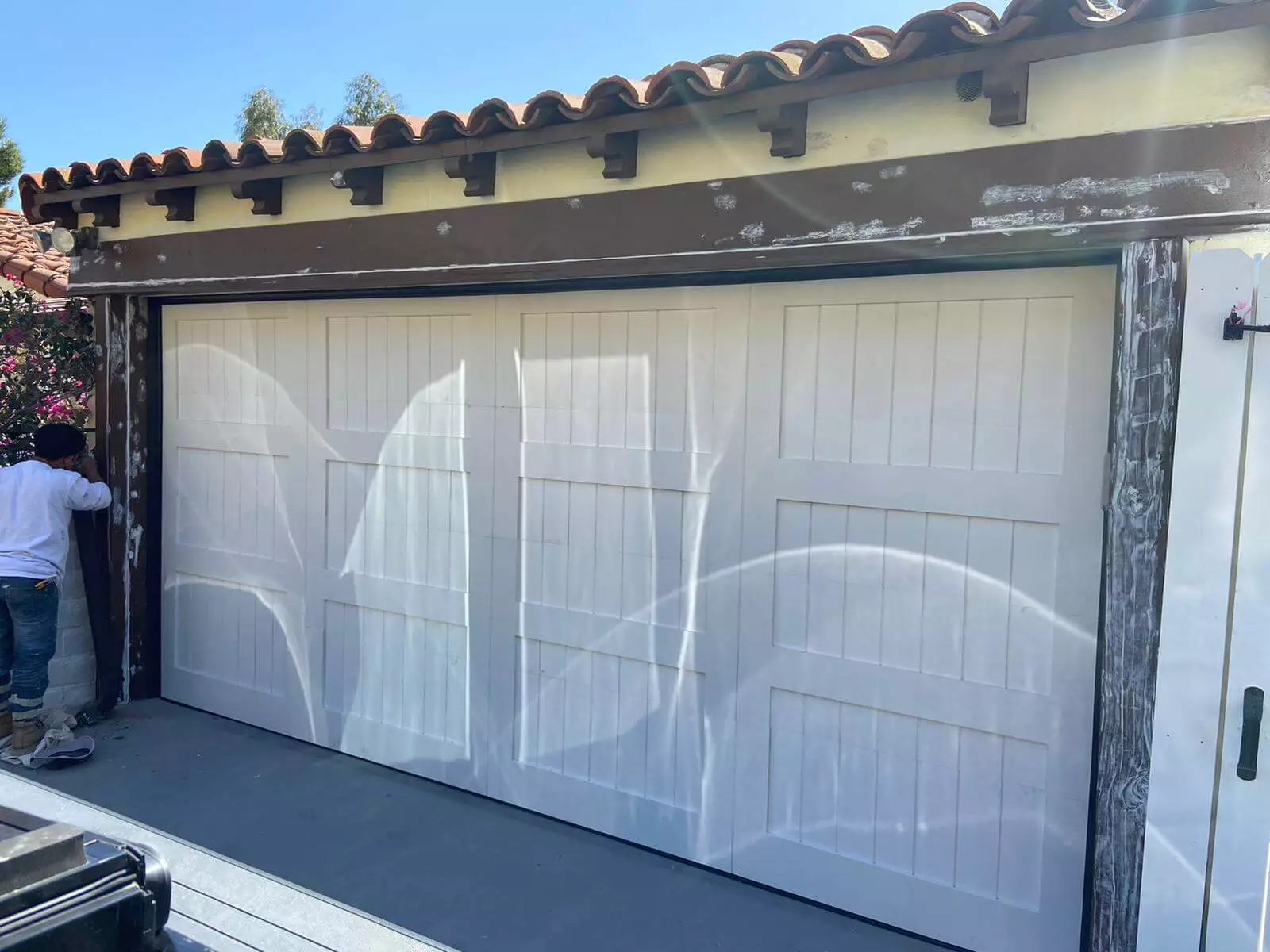Garage door cables play a critical role in the smooth operation of your garage door system. When these cables wear out or break, it’s essential to replace them promptly to ensure the safety and functionality of your door. This article provides a comprehensive garage door cable installation guide, detailing each step to help you successfully replace garage door cables yourself.
Content
Tools and Materials Needed
Before beginning your DIY garage door cable installation, gather the following tools and materials:
- New garage door cables
- Ladder
- Wrench set
- Pliers
- Safety gloves
- Safety glasses
- Locking pliers or C-clamps
Safety Precautions
Important: Working with garage door cables and springs can be dangerous. If you are not comfortable performing this task, it is recommended to contact professionals such as Integrity Garage Doors Repair for assistance.
Step-by-Step Garage Door Cable Replacement Guide
Step 1: Disconnect the Garage Door Opener
To ensure safety, start by disconnecting the garage door opener. This will prevent the door from moving unexpectedly while you are working on it.
Step 2: Secure the Garage Door
Use locking pliers or C-clamps to secure the garage door in place. Position them on the tracks just below the bottom rollers to keep the door from falling.
Step 3: Release the Tension from the Springs
Carefully release the tension from the garage door springs. This step is crucial to avoid injury. For a torsion spring system, use a winding bar to unwind the springs. For an extension spring system, detach the spring from the track support.
Step 4: Remove the Old Cables
With the tension released, you can now remove the old cables. Disconnect the cable from the bottom bracket on the garage door and then from the drum near the top of the door.
Step 5: Install the New Cables
Now it’s time to install the new garage door cables. Attach one end of the cable to the bottom bracket and then thread the other end through the cable drum. Make sure the cable is properly seated in the drum grooves.
Step 6: Re-Tension the Springs
Once the new cables are installed, re-tension the springs. This step varies depending on whether you have a torsion or extension spring system. For torsion springs, use the winding bar to add the appropriate number of turns. For extension springs, reattach the spring to the track support.
Step 7: Test the Door
Remove the locking pliers or C-clamps and reconnect the garage door opener. Test the garage door by opening and closing it a few times to ensure it operates smoothly and the cables are functioning correctly.
When to Call a Professional
While many homeowners in North Charleston, SC, and other areas may have the garage door experience to handle a DIY garage door cable installation, there are times when professional help is necessary. If you encounter any difficulties or feel uncertain at any stage, consider contacting Integrity Garage Doors Repair. They offer expert services, including Garage Door Spring Repair and Garage Door Replacement & Installation.
Conclusion
Installing garage door cables can be a manageable task with the right tools, safety precautions, and a detailed garage door cable installation guide. However, always prioritize safety and seek professional assistance if needed. Proper maintenance and timely garage door cable replacement will ensure the longevity and reliability of your garage door system.







